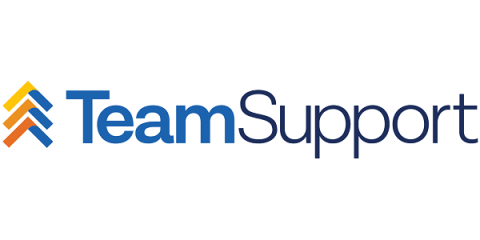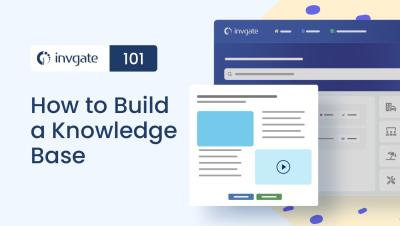5 tips to establish a knowledge sharing culture
Knowledge sharing is the act of developing processes to help an organization access important information across multiple teams. In this article, we discuss different types of knowledge your team may want to document and actionable tips to build a knowledge sharing culture within your organization. Sharing information is something we do every day. A quick text, a conversation over coffee, or even a phone call are all examples of knowledge sharing. Knowledge sharing in the workplace is equally prevalent.











